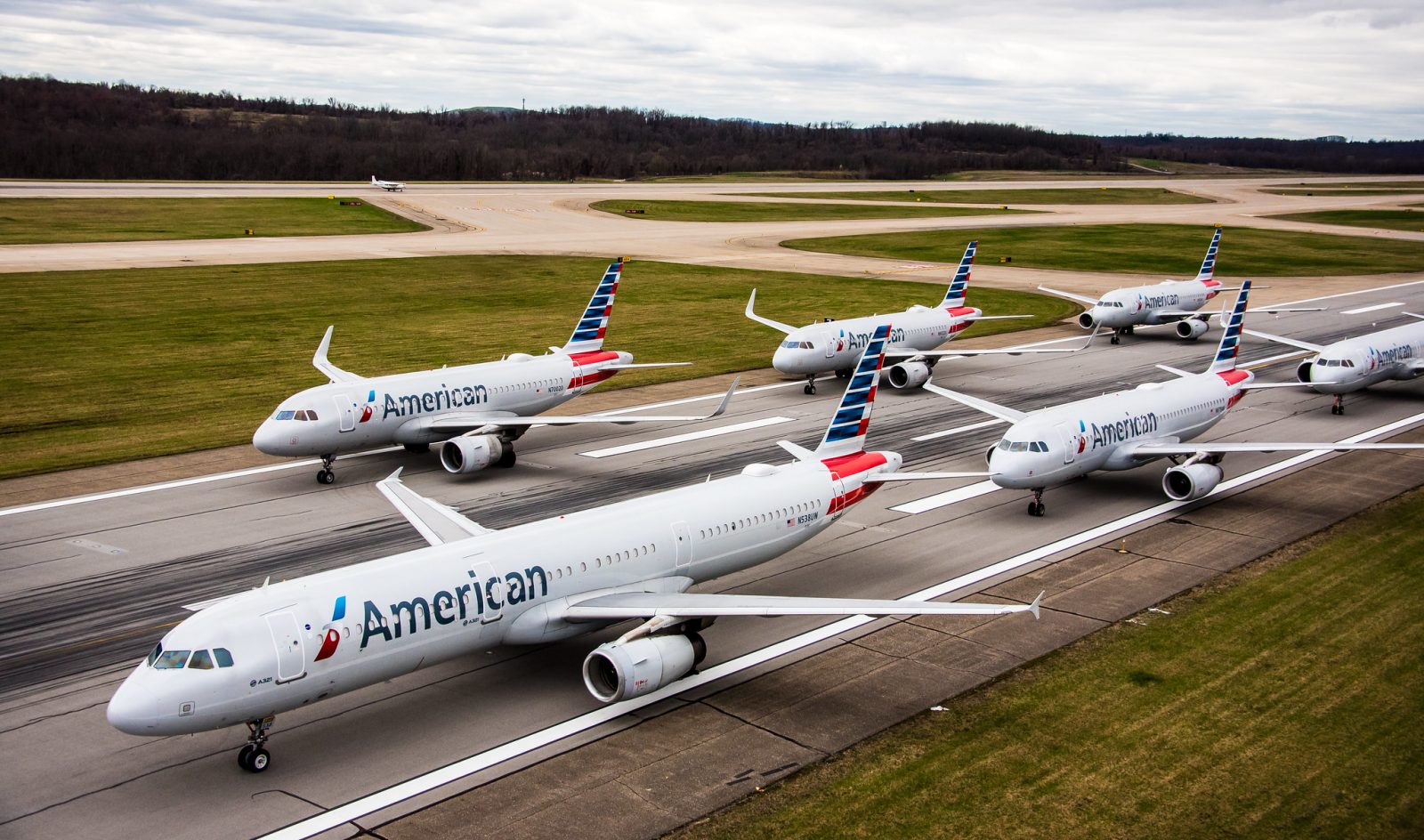
Aviation workers across the United States plan a week of action and protests to exert pressure on lawmakers and the Trump administration to extend federal relief in the form of a multi-billion-dollar payroll support program. The current program, which has prevented airlines from furloughing employees in exchange for financial support, will finish at the end of September at which point tens of thousands of airline workers face being laid off.
The union which represents flight attendants at American Airlines called on its members to “flood the White House” switchboard yesterday demanding the administration return to the negotiating table with Congress on a wider CARES Act 2 that would contain crucial payroll support provisions.
Despite broad bipartisan support for extending financial relief for U.S.-based airlines through to the end of March 2021, CARES Act 2 is currently off the table. American Airlines plans to start October with 40,000 fewer employees, including 19,000 workers who face being involuntarily and indefinitely furloughed.
Thousands more involuntary furloughs and redundancies have been announced by the likes of Delta and United Airlines.
Wednesday will see a series of #ReliefNow protests organized across the United States, including a march in Washington D.C. Other protests are planned in Dallas and Philadephia. Aviation workers have been urged to show up in uniform to makes their voices heard, although there’s no telling whether their chants will heard by those in power.
“Aviation is still in the middle of the crisis and right now Americans are barred from traveling to the rest of the world even if there were a demand for travel,” explained Sara Nelson, president of the Association of Flight Attendants, which represents crew at 20 airlines including United last week.
“This crisis is like no other in our history and it requires attention right now,” she continued. Nelson hopes a six month extension of payroll support will buy enough time for the COVID-19 pandemic to finally be brought under control, likely in the form of a vaccine.
Until then, travel demand will remain severely suppressed. The number of passengers choosing to fly is currently stuck at around 25 to 30 per cent of the numbers travelling before the COVID-19 pandemic and borders around the world remains closed.
Experiments to reopen borders, notably in Europe, have had mixed results and real fears of a second wave are weighing heavy on the aviation industry. Even if a vaccine is approved by the end of this year, there’s no telling that demand will recover in the way that Nelson and others are hoping.
Industry analysts and leaders fear demand won’t return to anything like pre-pandemic levels until at least 2024. Even then, business travel may have changed forever, with longterm consequences for airlines and aviation workers.
Mateusz Maszczynski honed his skills as an international flight attendant at the most prominent airline in the Middle East and has been flying ever since... most recently for a well known European airline. Matt is passionate about the aviation industry and has become an expert in passenger experience and human-centric stories. Always keeping an ear close to the ground, Matt's industry insights, analysis and news coverage is frequently relied upon by some of the biggest names in journalism.







